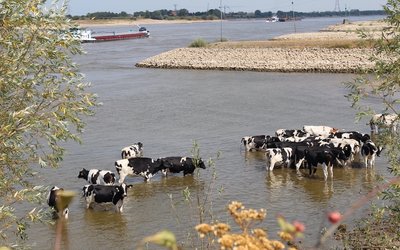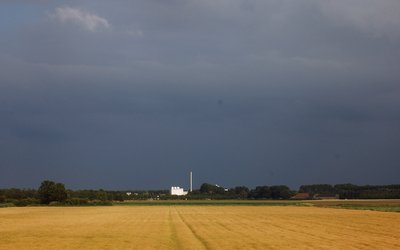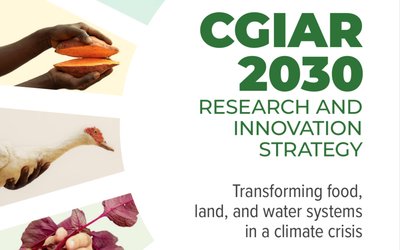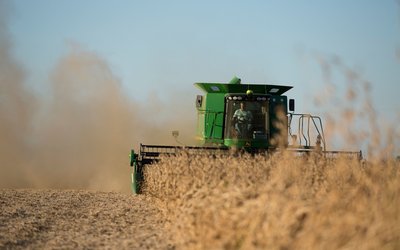Longer growing seasons will not offset the global drop in crop yields
March 4, 2023
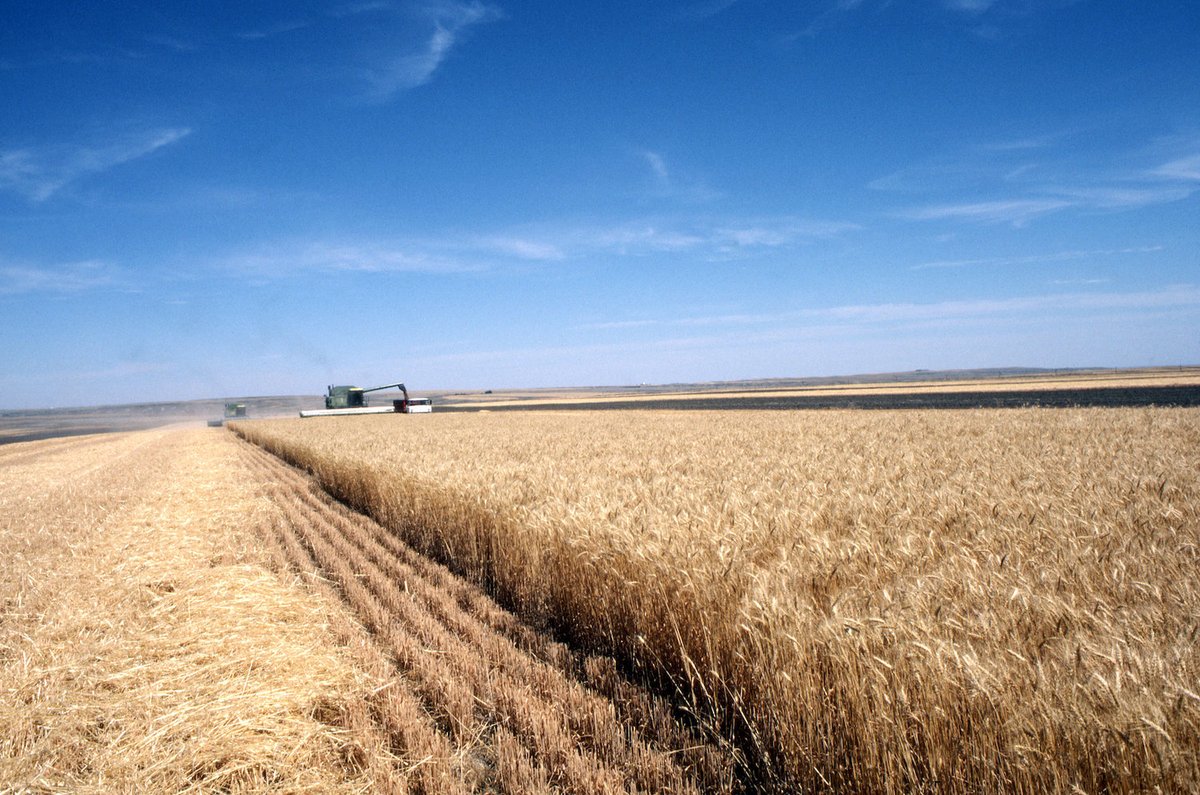
Photo: Wheat harvest (source: USDA NRCS Montana, www.flickr.com)
The growing season length in cold regions will increase due to global warming and, as a result, farmers can increase the annual number of crop yields, or cropping frequency, globally. Is this positive effect of climate change on global food production an effective climate adaptation strategy? No, not really, a recent study shows.
Crop yields, cropping frequency and cropland area
At the global scale, staple crop yields – the yields of crops that are most important for global food supply – will decline unless global warming is strongly mitigated and irrigation is increased. This is the overall conclusion of studies on the impact of climate change on food production. However, by focusing on crop yields, these studies do not show the full impact of climate change on food production. In addition to changes in yields, changes in cropping frequency – the number of production seasons per year – and in cropland area are also important. The combination of global changes in crop yields, cropping frequency and cropland area determines the impact of climate change on global agricultural production. The results of an evaluation of this combination of changes under global warming have been published recently in the journal Nature Climate Change.
By mid-century, 9% to 13% global production decline
These results show that both crop yields, cropping frequency and cropland area will probably decline this century. Reductions are projected under both a low- and high-end scenario of climate change for 2031–2070, relative to the reference period 1979–2018. The projected reductions are largest for crop yields, about 6% to 8%. Crop frequency will probably decline by about 3%-4%, and the reduction of cropland area is negligibly small. The combined impact on global agricultural production is a decline by about 9% to 13% for the low- and high-end scenario of climate change, respectively.
No global increase in cropping frequency
Apparently, the longer growing season in cold regions, leading to an increase of crop frequency, has little effect on global food production. This increase is offset by a larger decrease of crop frequency in warm regions. In fact, a net global reduction of crop frequency will exacerbate crop production loss. The decline in crop frequency is due to dry or excessively wet soil conditions before planting schedule, delaying or preventing a second cropping season, and the higher risk of crop failure caused by more frequent heat or drought stresses, making it hard to support multiple-cropping seasons.
Crop frequency is projected to increase under both the low- and high-end scenario of climate change in Canada, Scandinavian countries, Mongolia and Russia. These countries represent ‘only’ about 12% of the world cropland area, and crop frequency would decline in other countries. One of the main reasons why switching from single to double cropping in warm regions in a given year is less obvious than it seems is that it increases water demand while local infrastructures and irrigation techniques for water supply are often underdeveloped.
A turning point
Future projections of global agricultural output decline mark a turning point when compared to crop yield trends in previous decades. In the past, global production has kept pace with rising demand through both cropland expansion and intensification. The latter includes within-season yield improvements through use of high-yielding varieties, fertilizer, pesticide and other inputs, and increased cropping frequency. Over the period 1979–2018, global agricultural production – expressed as total caloric content of all crop yields – has increased by 125%. This increase was due to increases of both crop yields, cropping frequency and cropland area.
Source: Zhu et al. (2023). Nature Climate Change 12: 1016-1023.

